
AI in the design process reshapes the industry, and BMW’s Designworks studio leads this transformation. AI tools like MidJourney, Runway, and Kaiber enhance how designers generate images, create animations, and develop textures inspired by nature and existing designs. This shift streamlines workflows and democratizes creativity, making it easier for designers to visualize and iterate on ideas quickly.
Designer: BMW Designworks
Revolutionizing Workflow and Democratizing Creativity
These AI tools have become essential in BMW’s Designworks studio. They allow the generation of images, animations, and textures that would otherwise require labor-intensive traditional methods. By leveraging AI, designers can explore creative possibilities quickly and efficiently, significantly reducing the time and effort needed to bring concepts to life.
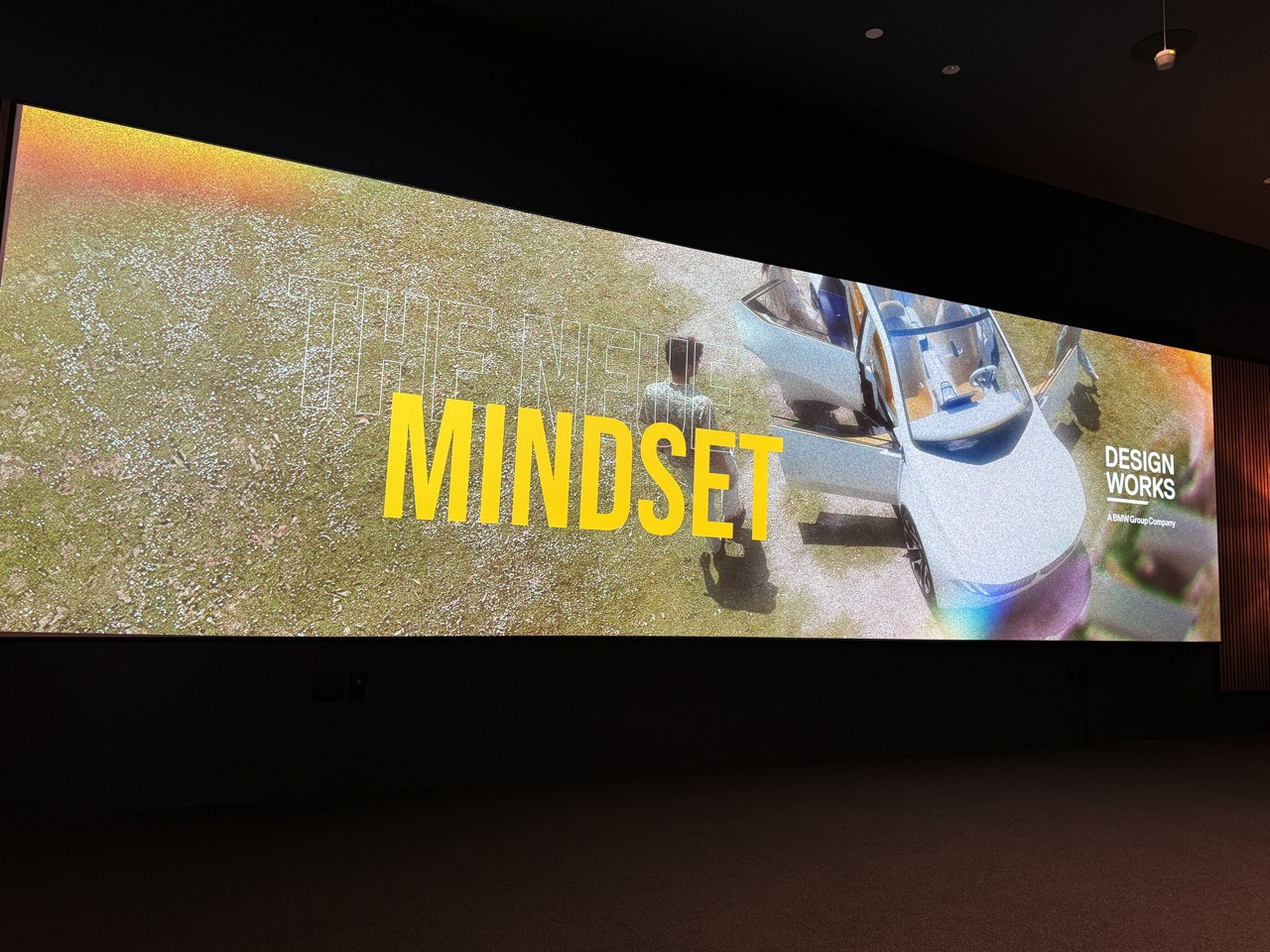
Traditionally, creating a new design involves numerous steps: sketching, modeling, rendering, and iterating based on feedback. Each of these steps can be time-consuming and resource-intensive. However, with AI, designers can input parameters or a simple sketch and receive multiple fully realized design options within minutes. This rapid iteration capability allows for more experimentation and refinement, leading to higher quality and more innovative designs.

AI democratizes creativity by enabling designers with varying skill sets to contribute effectively to projects. Even those without extensive experience in animation or 3D modeling can produce compelling visual content. This inclusivity fosters a more collaborative environment where team members can present fully visualized ideas during brainstorming sessions, resulting in a more productive and innovative development process.
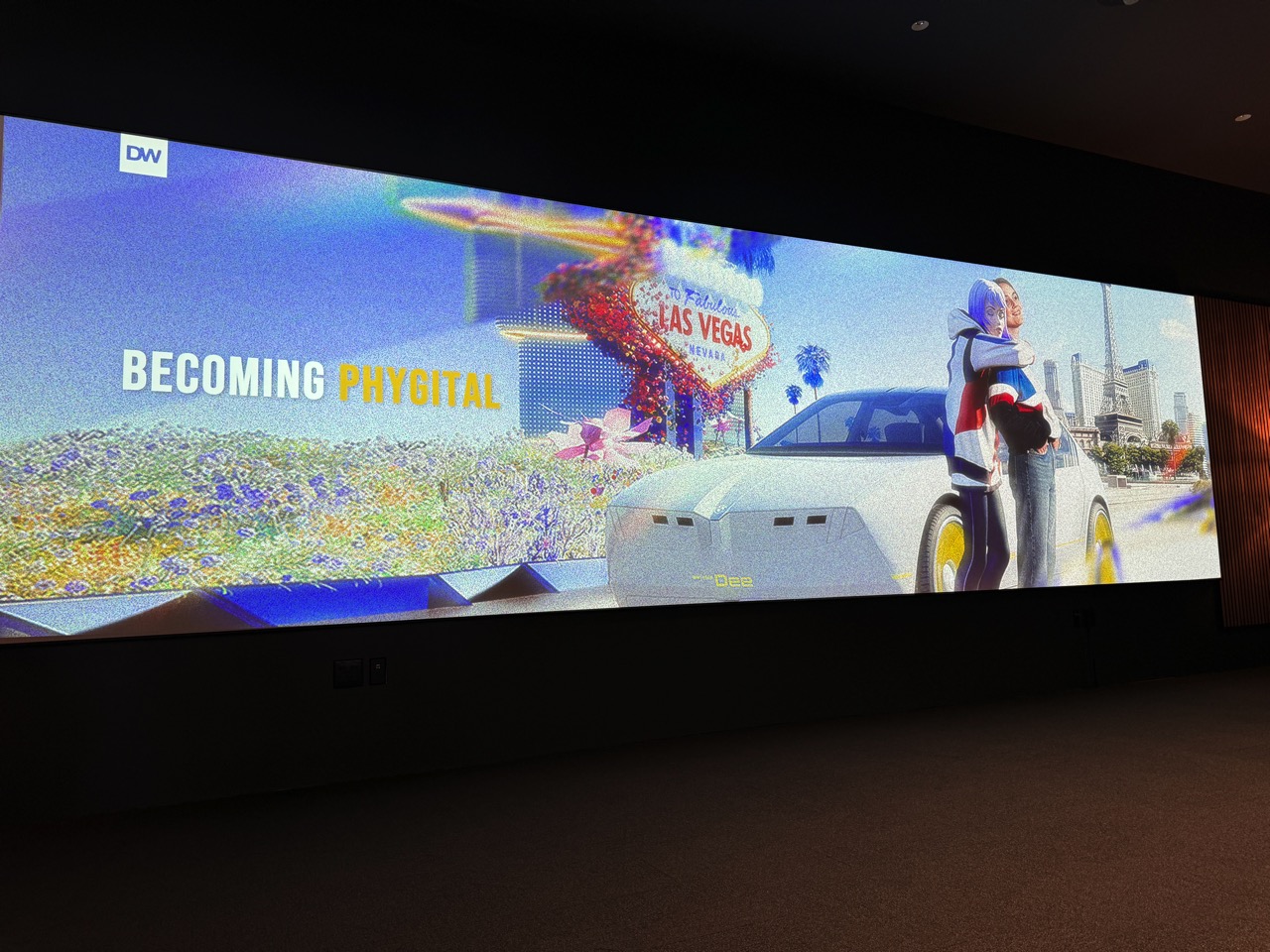
At BMW’s Designworks, this collaborative spirit is evident. Team members from different disciplines—industrial design, UI/UX, and creative consulting—can all contribute to the design process. AI tools bridge the gap between these disciplines, allowing for a unified creative vision. During brainstorming sessions, designers can bring AI-generated visuals to the table, enabling more effective communication and collaboration. This speeds up decision-making and ensures that the final design is holistic and well-rounded.
Inspiration, Innovation, and Practical Applications
AI-generated content provides unique sources of inspiration that traditional methods often miss. This capability helps designers think outside the box and push the boundaries of conventional design. For instance, AI can blend textures, materials, and shapes in ways that might not occur to a human designer, leading to innovative and unexpected results.

While AI tools are powerful, human designers’ creative input and oversight remain essential. AI serves to augment human creativity, not replace it. Designers at BMW’s Designworks use AI as a starting point, a source of inspiration that can be further refined and developed. This synergy between AI and human creativity ensures the final product is technologically advanced and artistically inspired.
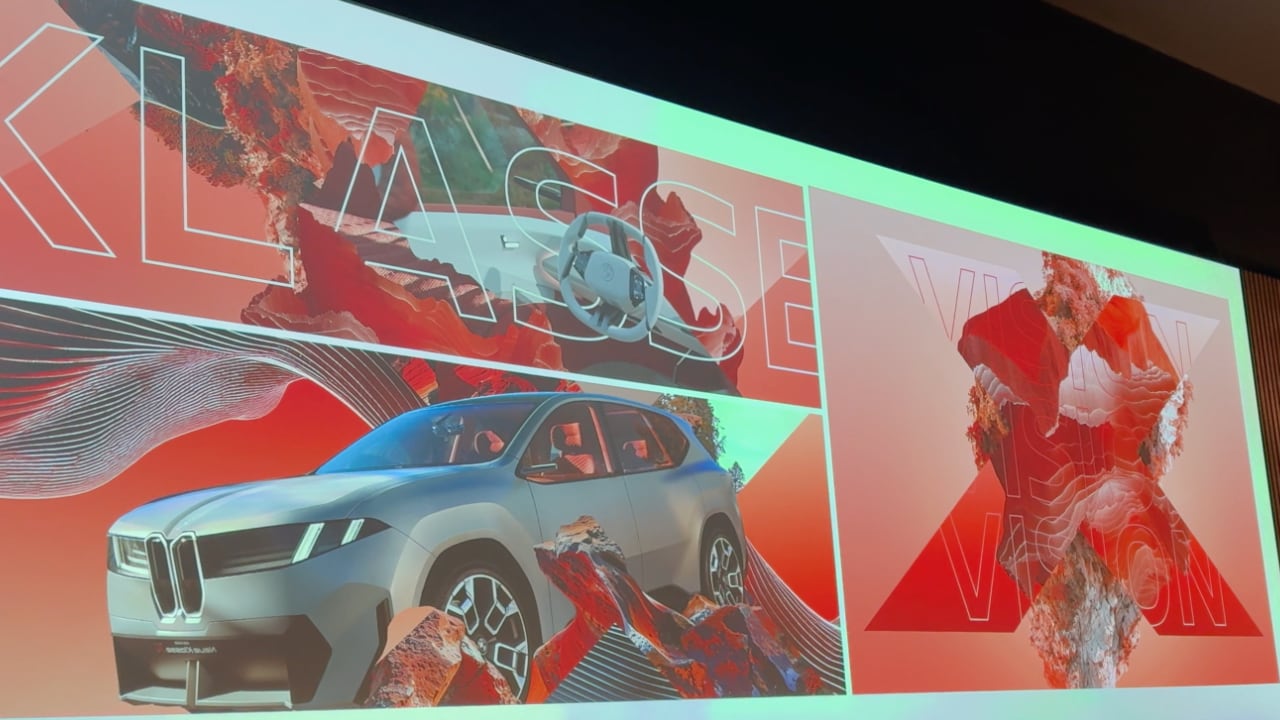
One illustrative example is the use of AI in automotive design. AI tools are employed to design various aspects of BMW vehicles, including both interiors and exteriors, emphasizing the integration of all elements. By visualizing how different materials and textures can be blended, AI helps create cohesive and aesthetically pleasing designs. This approach enhances the vehicle’s visual appeal and aligns with BMW’s commitment to sustainability and innovation.

The practical application of AI tools is evident in various projects at BMW’s Designworks. For example, the design team often demonstrates how tools like MidJourney and Runway create design elements. They might show how an AI-generated texture can be applied to a vehicle interior or how an animated sequence can bring a design concept to life. These demonstrations provide tangible insight into AI’s capabilities and how it enhances the design process.

Technological Advancements, Competitive Advantage, and Future Outlook
AI development is rapid, with new tools and updates released frequently. This requires designers to continually update and integrate these new capabilities into their workflows. Designworks continuously explores and adopts the latest AI technologies to maintain a competitive edge.
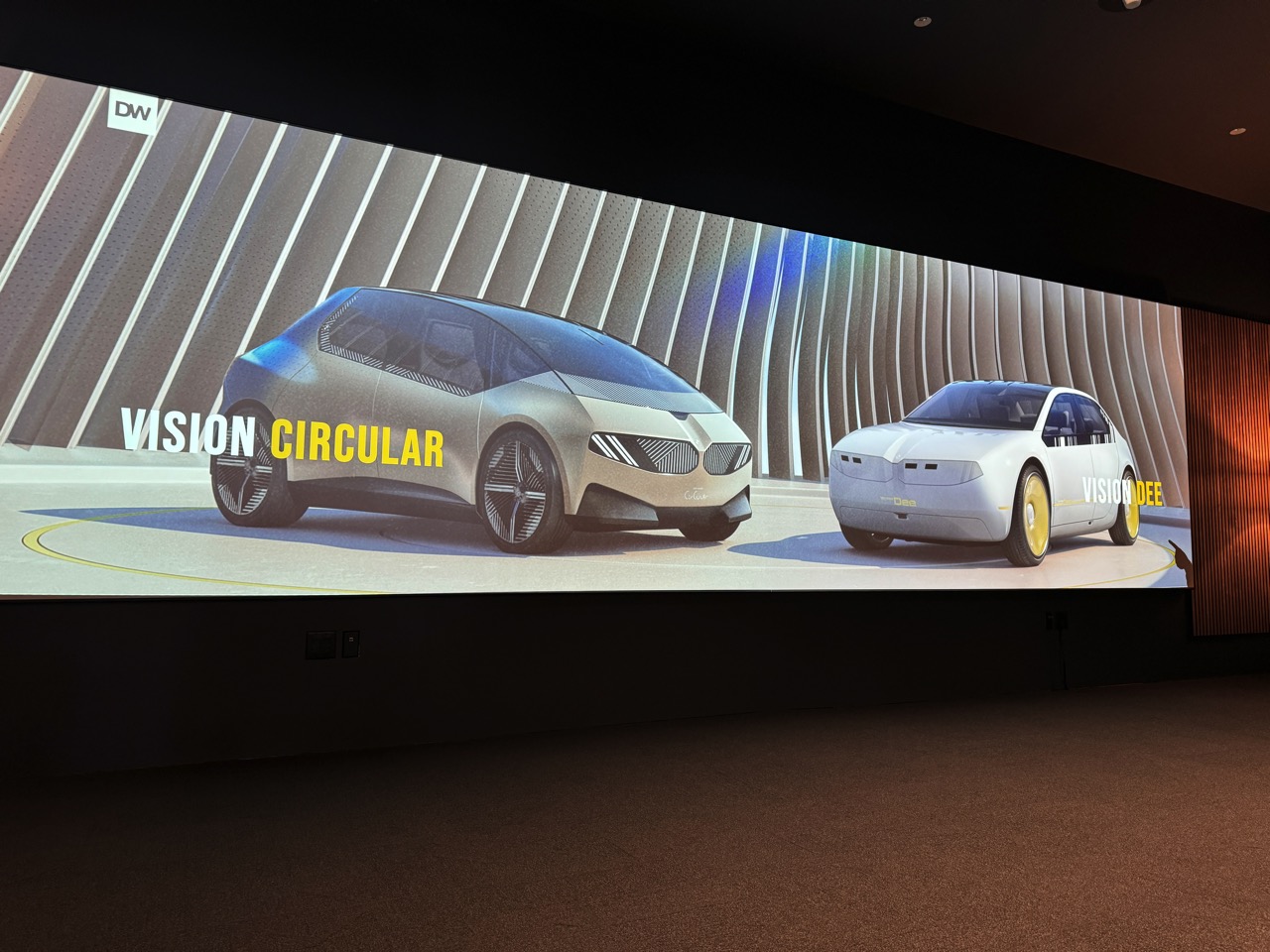
The competitive advantage that AI provides BMW is multifaceted. First, the ability to rapidly generate and iterate on design ideas allows BMW to stay ahead of market trends and respond quickly to changing consumer preferences. This agility is crucial in the highly competitive automotive industry, where innovation and timely market entry can be decisive success factors.

Second, the democratization of creativity means that BMW can leverage the full potential of its design team, harnessing diverse perspectives and talents to create more innovative and appealing designs. This inclusive approach fosters a more dynamic and creative work environment and leads to designs that resonate more deeply with a broader range of customers.
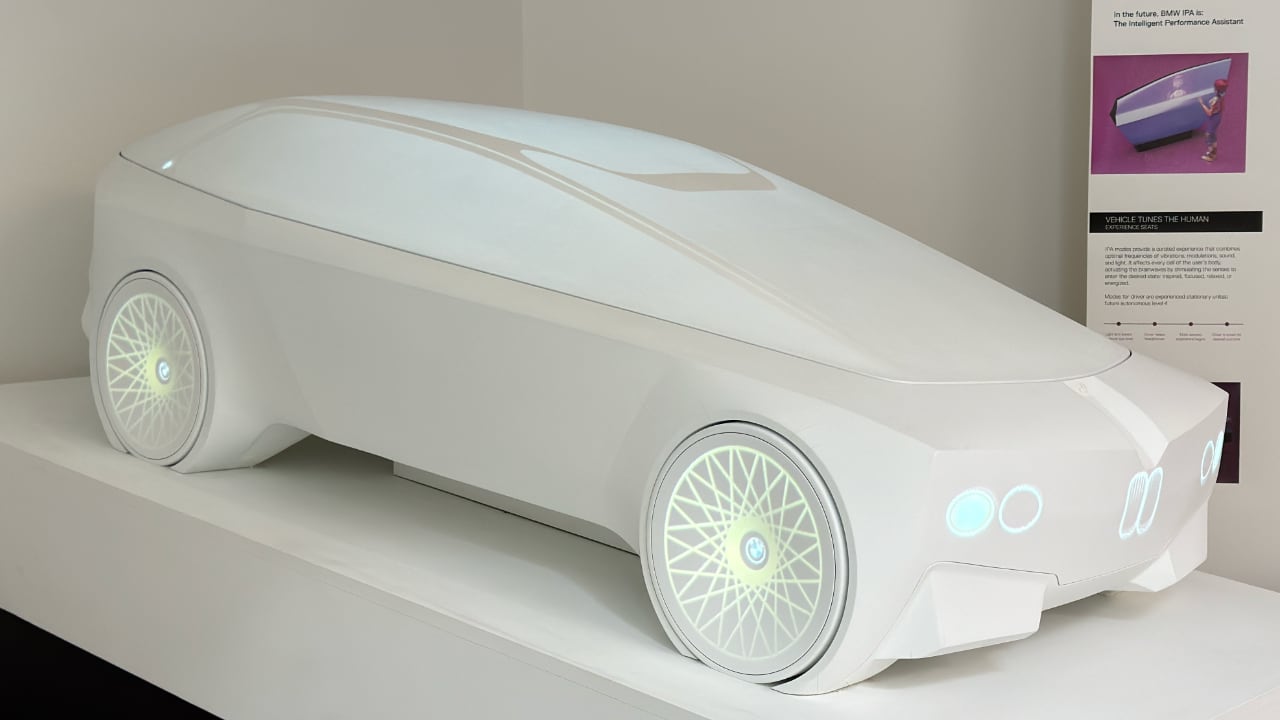
Third, integrating AI in the design process enhances the quality and precision of BMW’s vehicles. AI tools can analyze vast amounts of data and generate optimized performance, aesthetics, and sustainability designs. This results in cars that are not only visually stunning but also technically superior, reinforcing BMW’s reputation for excellence and innovation.

The future outlook for AI in design is promising. As AI tools become more sophisticated, their integration into the design process will become even more seamless. Designers will have access to more advanced capabilities to create more complex and refined designs. This evolution will likely lead to even greater innovation and efficiency in the design process.

BMW’s Designworks studio illustrates how AI can transform the design process. By leveraging advanced tools like MidJourney, Runway, and Kaiber, the studio has improved its workflows, democratized creativity, and fostered a more collaborative environment. AI-generated content provides unique sources of inspiration, while the rapid development of AI technologies ensures that designers can continue to innovate and push the boundaries of conventional design. As AI tools become more integrated into the design process, the future of design at BMW’s Designworks looks brighter and more exciting than ever.
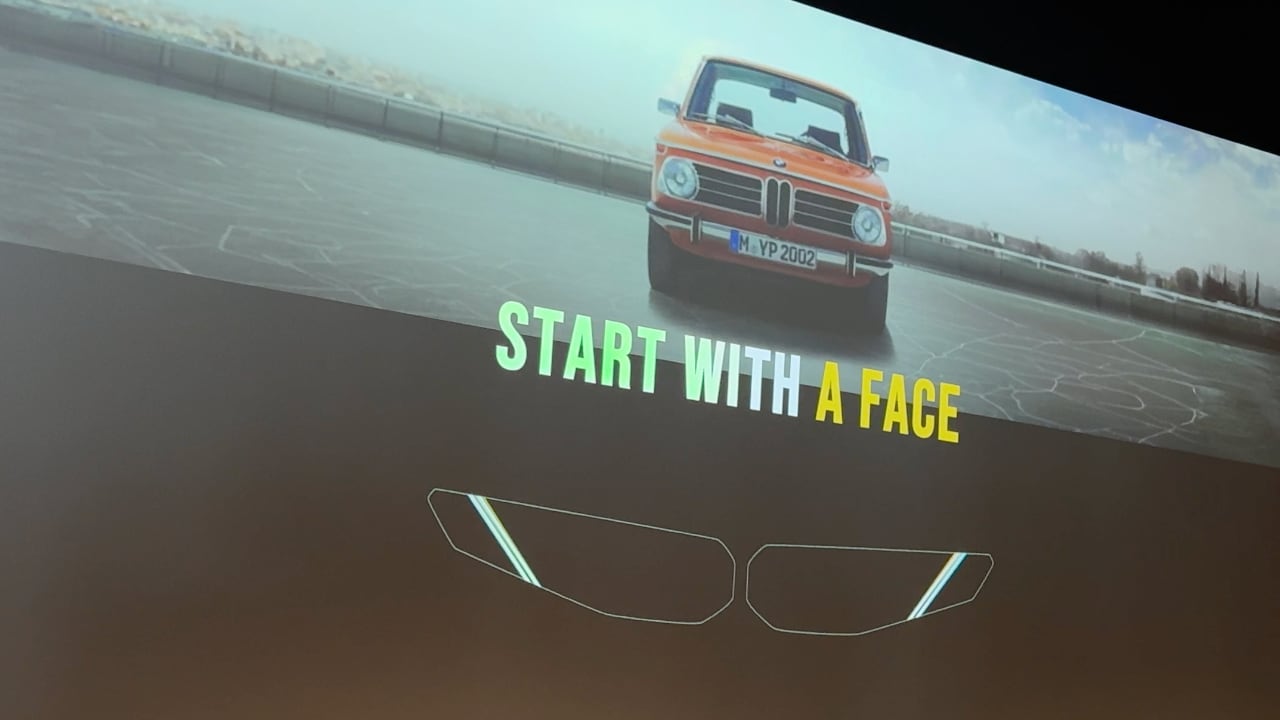
In embracing AI, BMW stays at the cutting edge of automotive design and secures its position as a leader in innovation, creativity, and excellence in the automotive industry.
The post How BMW’s Designworks Transforms Automotive Design Using AI Tools first appeared on Yanko Design.
from Yanko Design

0 Comments